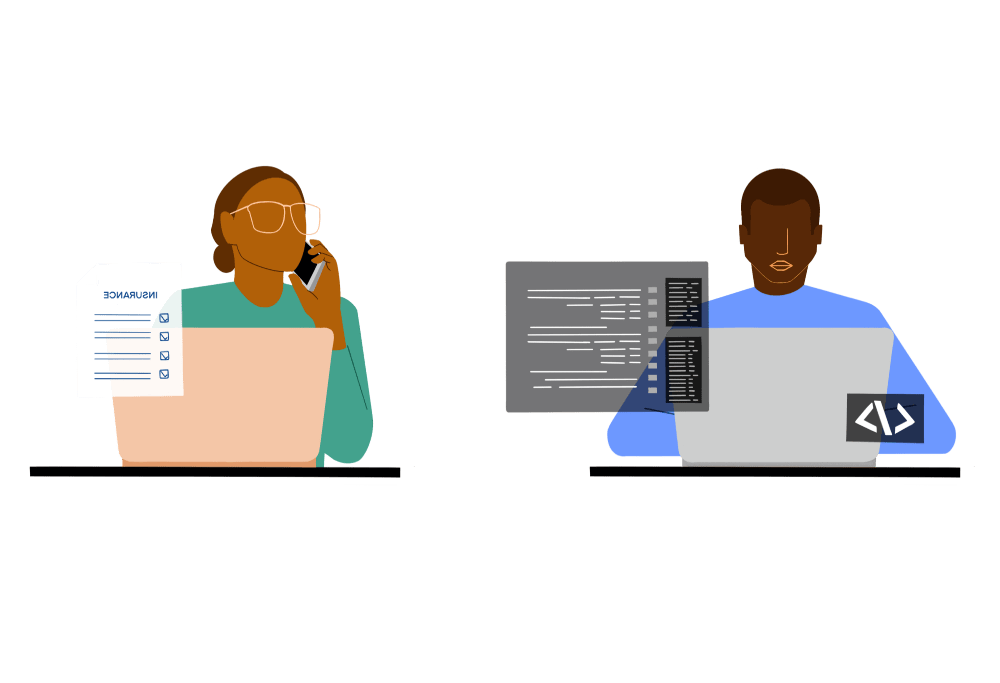Making Data Sing: Understanding Semantic vs. Syntactic Interoperability in Healthcare
April 11, 2024 | 5-minute read

For health plans, data is king. But the true value lies in unlocking its meaning – a challenge that can be addressed with effective interoperability. This blog dives into two key aspects of data exchange: syntactic and semantic interoperability - exploring the impact on health plans across the Risk Adjustment, Quality Improvement and Data & Analytics processes - particularly around the cost reduction in the chart retrieval process. We'll also explore how Artificial Intelligence (AI) and Natural Language Processing (NLP) play a role in achieving true interoperability
Syntactic Interoperability: Speaking the Same Language (Sort Of)
Imagine two people trying to communicate – one speaks English, the other French. They might exchange messages, but understanding the content remains a challenge. Syntactic interoperability in healthcare is similar. Data is exchanged between systems using standardized formats (HL7, FHIR, etc.) – the "language" – ensuring successful transmission. However, the meaning of the data itself remains unclear for the receiver. A diagnosis code for "diabetes" could represent different types of diabetes without further context.
Semantic Interoperability: Understanding the Message
This is where semantic interoperability comes in. It ensures not just the format, but also the meaning of the data is understood. Think of it as both parties in our earlier example having a common dictionary. Standardized terminologies like SNOMED CT act as this dictionary, assigning unique diagnosis codes with clear definitions to medical concepts. This allows systems to interpret the data accurately, facilitating tasks like automated chart review and risk score calculation.
The RADV Rule and OIG Toolkit: Why Interoperability Matters
The Risk Adjustment Data Validation (RADV) rule emphasizes the importance of accurate data for risk adjustment in Medicare Advantage programs. The Office of Inspector General (OIG) toolkit further highlights the need for complete and accurate medical records for proper coding. Effective semantic interoperability ensures data retrieved from longitudinal member records is not only accessible, but also interpretable, minimizing errors and potential audits.
Impact on Cost Reduction in Chart Retrieval
Traditionally, retrieving medical records often involves manual processes, leading to high costs and delays. Semantic interoperability paves the way for automation. With a clear understanding of data, systems can efficiently pull clinical data directly from providers EHRs, HIEs, etc. rather than manually retrieving PDF charts. Once the data is available, regardless of the current format of that data, the right tools can locate relevant information within the various medical records – significantly reducing retrieval costs, processing time and burden on providers. This allows health plans to focus resources on core activities like more impactful member care and population health management.
The AI and NLP Advantage
AI and NLP can be powerful tools in achieving semantic interoperability. NLP can extract meaning from unstructured clinical text in PDF charts, translating it into standardized diagnosis codes. AI algorithms can then analyze this structured data to make suggestions around ‘next best action’ for a particular member or cohort of members and even suspect potential future diagnoses to arm the risk adjustment and care teams with the insights they need to be as effective as possible in supporting care for members.
Conclusion: A Symphony of Data
Syntactic and semantic interoperability work together to create a symphony of data exchange in healthcare. While syntactic ensures communication, semantic unlocks the true meaning of the data, allowing health plans to truly take advantage of the data to drive improvements in quality initiatives, cost reduction efforts, provider collaboration, member outcomes – you name it!. By embracing interoperability and leveraging AI and NLP, health plans can unlock the full potential of their data, transforming it from a jumble of notes into a powerful tool for achieving their goals.





